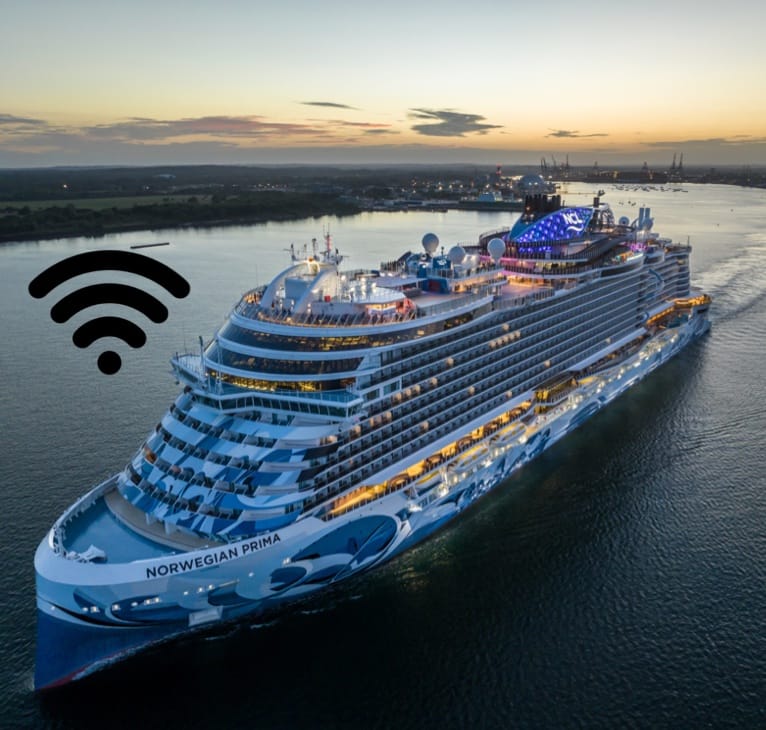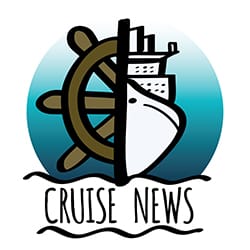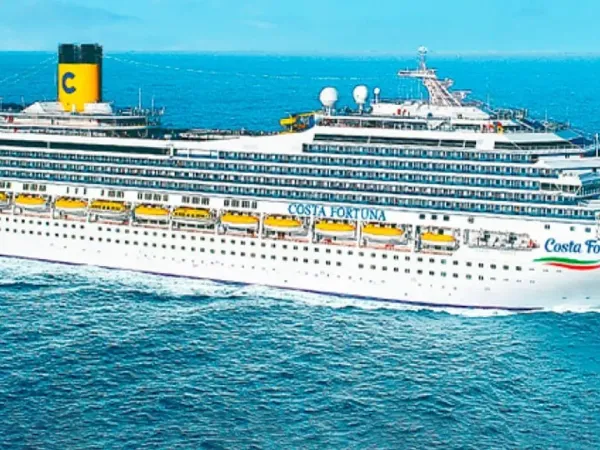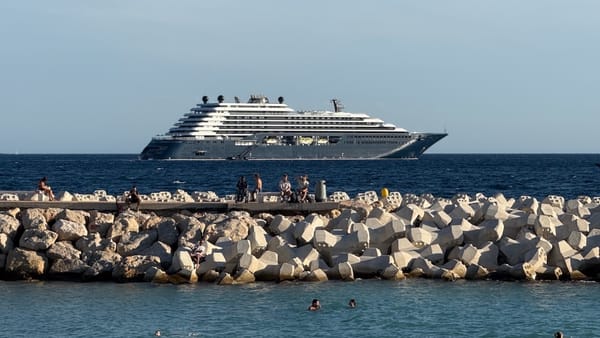Cisco Urges FCC to Allow 6 GHz Wi-Fi on Cruise Ships for Faster Connectivity
As the FCC reviews Cisco’s request, the decision could mark a turning point for onboard internet, enabling cruise ships to keep pace with growing digital demands from travelers and crews.

Cisco has formally asked the Federal Communications Commission (FCC) to lift its ban on using 6 GHz low-power indoor (LPI) Wi-Fi access points aboard cruise ships, a move the company says could transform internet service for nearly 20 million cruise passengers in the United States each year. The U.S. cruise industry, which some estimates value at US$3.7 billion, sees annual growth of roughly 4.5 percent. Often supporting more than 4,000 access points and 10,000 or more devices on a single vessel, cruise lines have increased reliance on high-speed connectivity to support passenger streaming, gaming, and app usage, as well as critical ship operations.
FCC’s Existing 6 GHz Restriction
Under current FCC rules, 6 GHz LPI Wi-Fi devices are restricted to indoor use only in fixed, land-based structures and may not be deployed on boats. The ban initially aimed to protect Earth Exploration Satellite Service (EESS) remote sensing systems from the risk of interference at sea. However, Cisco cites decisions by the World Radiocommunication Conference that reallocated certain EESS operations away from the heavily protected 6 GHz band, suggesting the original rationale for prohibiting maritime LPI access points has diminished.
Cisco’s Petition and Rationale
Cisco briefed FCC staff, including an aide to Commissioner Anna Gomez, arguing that authorizing 6 GHz LPI for cruise ships involves only a minor rule change and would not threaten satellite-based services. Bill Davenport, Cisco’s Senior Director for Connectivity and Technology Policy, emphasized that robust Wi-Fi is becoming an expectation among modern cruise travelers who increasingly require reliable connections for remote work, streaming, and gaming. He also outlined how improved connectivity benefits ship operations by enhancing sensor networks, navigational data, and critical crew communications.
Industry Context and Connectivity Needs
The U.S. cruise sector, carrying nearly 20 million passengers annually, has steadily focused on technological upgrades to meet rising guest expectations. Wi-Fi 6E and emerging Wi-Fi 7 standards offer faster speeds, lower latency, and greater capacity, essentials for large-scale networks that must handle thousands of connections simultaneously. Despite this potential, industry data shows that less than 2 percent of U.S. providers have adopted Wi-Fi 7, though demand for bandwidth-intensive services at sea continues to expand.
Operational and Passenger Advantages
Permitting 6 GHz LPI Wi-Fi indoors could significantly improve cruise experiences, delivering higher data rates and reducing network congestion. Passengers would gain the ability to stream multimedia content and utilize apps more seamlessly, while the crew would benefit from more reliable systems for real-time weather updates, IoT monitoring, and communications. By avoiding outdoor transmitters and maintaining low-power emission levels, onboard radio interference risks would remain minimal.
Regulatory Path and Next Steps
To proceed, the FCC must revisit its 6 GHz rules and assess Cisco’s petition within a formal rulemaking or waiver process. Industry observers note that Cisco’s proposed change aligns with continuing trends in maritime connectivity, as hospitality and travel sectors worldwide push for upgraded Wi-Fi options. Should the request be approved, cruise operators could move ahead with deployments that support Wi-Fi 6E and Wi-Fi 7, potentially delivering major enhancements in speed and reliability.
Frequently Asked Questions (FAQs)
What exactly is Cisco asking the FCC to change?
Cisco is requesting that the FCC lift the maritime prohibition on 6 GHz low-power indoor (LPI) Wi-Fi devices, allowing cruise ships to operate Wi-Fi 6E and Wi-Fi 7 access points indoors.
Why were 6 GHz Wi-Fi access points originally banned on ships?
The FCC restricted 6 GHz LPI devices from maritime use to protect Earth Exploration Satellite Service (EESS) remote sensing systems from potential interference in the same frequency band.
How does 6 GHz Wi-Fi benefit cruise ship passengers?
Using 6 GHz Wi-Fi provides wider channels, higher capacity, and faster speeds compared to older bands. Passengers can more easily stream video, play online games, and use travel apps without heavy congestion.
What role do satellite-based systems play in this decision?
Earth exploration-satellite services were originally protected by restricting 6 GHz use on boats. But Cisco argues that international decisions shifting some satellite systems away from 6 GHz reduce interference concerns.
When could passengers see faster Wi-Fi on cruise ships?
Implementation depends on FCC approval. If allowed, cruise lines likely would deploy 6 GHz equipment that meets the updated rules, potentially bringing faster connectivity to passengers in the near future.
As the FCC examines the merits of updating its rules, both passengers and cruise operators await a decision that could reshape onboard connectivity by allowing high-capacity, next-generation Wi-Fi options at sea.




